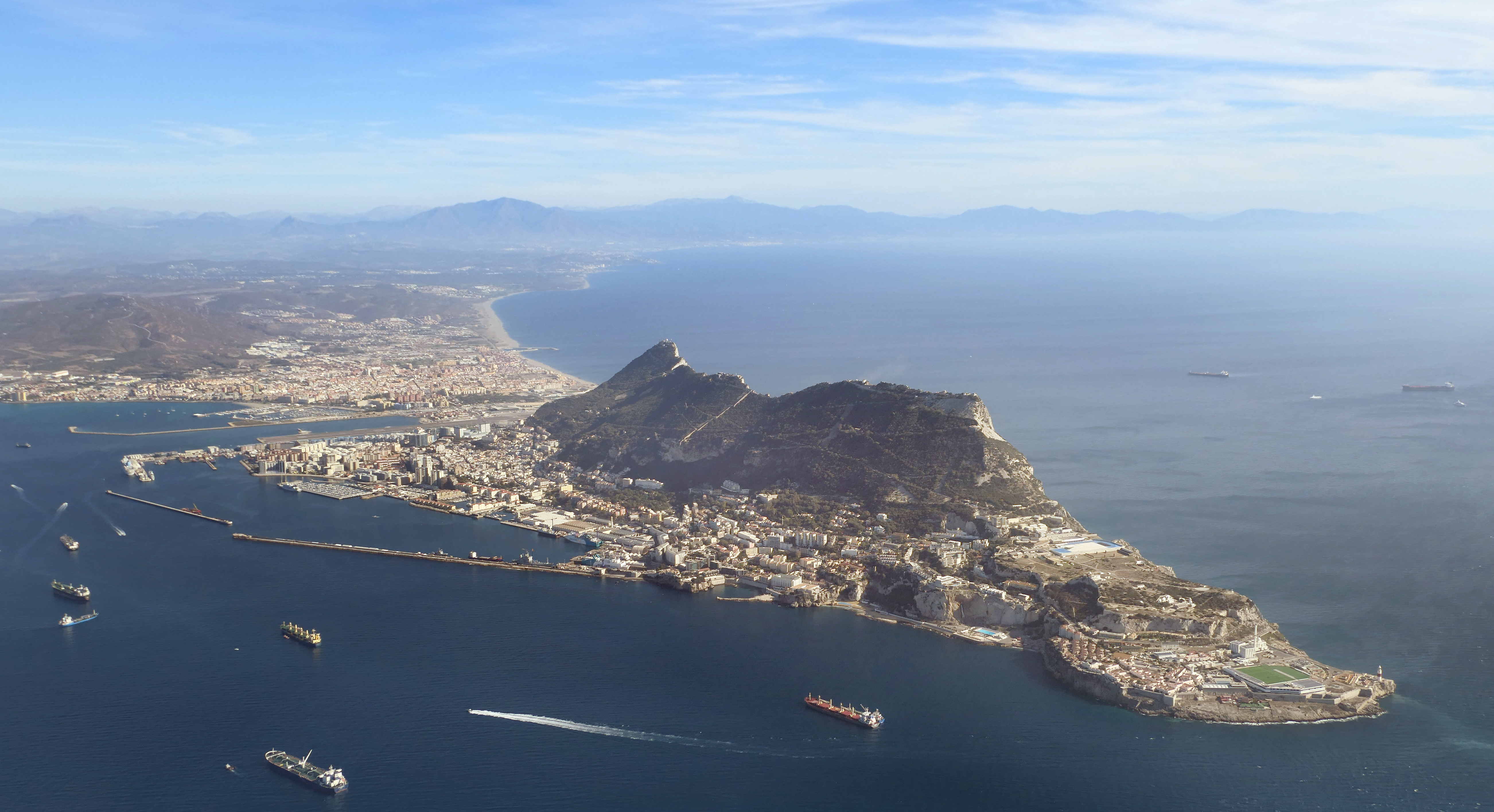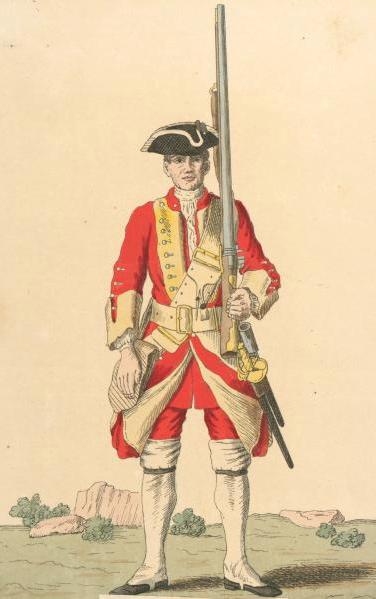|
Robert Bruce (British Army Officer, Born 1821)
General Robert Bruce (3 December 1821 – 1891) was a British Army officer who became colonel of the Queen's Royal Regiment (West Surrey). Military career Bruce was commissioned as an ensign in the 74th (Highland) Regiment of Foot on 9 June 1838. He saw action with his regiment in the 8th Xhosa War between 1851 and 1853. He became commanding officer of the 2nd battalion of his regiment in August 1857 in which capacity he was deployed to Gibraltar. He went on to become commander of the troops in the North British District in 1878. He became colonel of the East Yorkshire Regiment on 4 February 1890 and colonel of the Queen's Royal Regiment (West Surrey) The Queen's Royal Regiment (West Surrey) was a line infantry regiment of the English and later the British Army from 1661 to 1959. It was the senior English line infantry regiment of the British Army, behind only the Royal Scots in the British Arm ... on 6 June 1891. References , - {{DEFAULTSORT:Bruce, Robert 1821 ... [...More Info...] [...Related Items...] OR: [Wikipedia] [Google] [Baidu] |
General (United Kingdom)
General (or full general to distinguish it from the lower general officer ranks) is the highest rank achievable by serving officers of the British Army. The rank can also be held by Royal Marines officers in tri-service posts, for example, General Sir Gordon Messenger the former Vice-Chief of the Defence Staff. It ranks above lieutenant-general and, in the Army, is subordinate to the rank of field marshal, which is now only awarded as an honorary rank. The rank of general has a NATO-code of OF-9, and is a four-star rank. It is equivalent to a full admiral in the Royal Navy or an air chief marshal in the Royal Air Force. Officers holding the ranks of lieutenant-general and major-general may be generically considered to be generals. Insignia A general's insignia is a crossed sword and baton. This appeared on its own for the now obsolete rank of brigadier-general. A major-general has a pip over this emblem; a lieutenant-general a crown instead of a pip; and a full ge ... [...More Info...] [...Related Items...] OR: [Wikipedia] [Google] [Baidu] |
Scottish Command
Scottish Command or Army Headquarters Scotland (from 1972) is a command of the British Army. History Early history Great Britain was divided into military districts on the outbreak of war with France in 1793. The Scottish District was commanded by the Commander-in-Chief, Scotland. In January 1876 a ‘Mobilization Scheme for the forces in Great Britain and Ireland’ was published, with the ‘Active Army’ divided into eight army corps based on the District Commands. 8th Corps was to be formed within Scottish Command, based at Edinburgh. This scheme disappeared in 1881, when the districts were retitled ‘District Commands. Early twentieth century The 1901 Army Estimates introduced by St John Brodrick allowed for six army corps based on six regional commands. As outlined in a paper published in 1903, VI Corps was to be formed in a reconstituted Scottish Command, with HQ at Edinburgh. Lieutenant General Sir Charles Tucker was appointed acting General Officer Commandin ... [...More Info...] [...Related Items...] OR: [Wikipedia] [Google] [Baidu] |
Xhosa Wars
The Xhosa Wars (also known as the Cape Frontier Wars or the Kaffir Wars) were a series of nine wars (from 1779 to 1879) between the Xhosa Kingdom and the British Empire as well as Trekboers in what is now the Eastern Cape in South Africa. These events were the longest-running military action in the history of European colonialism in Africa. The reality of the conflicts between the Europeans and Xhosa involves a balance of tension. At times, tensions existed between the various Europeans in the Cape region, tensions between Empire administration and colonial governments, and tensions within the Xhosa Kingdom, e.g. chiefs rivalling each other, which usually led to Europeans taking advantage of the situation to meddle in Xhosa politics. A perfect example of this is the case of chief Ngqika and his uncle, chief Ndlambe. Background The first European colonial settlement in modern-day South Africa was a small supply station established by the Dutch East India Company in 1652 ... [...More Info...] [...Related Items...] OR: [Wikipedia] [Google] [Baidu] |
British Army
The British Army is the principal land warfare force of the United Kingdom, a part of the British Armed Forces along with the Royal Navy and the Royal Air Force. , the British Army comprises 79,380 regular full-time personnel, 4,090 Gurkhas, and 28,330 volunteer reserve personnel. The modern British Army traces back to 1707, with antecedents in the English Army and Scots Army that were created during the Restoration in 1660. The term ''British Army'' was adopted in 1707 after the Acts of Union between England and Scotland. Members of the British Army swear allegiance to the monarch as their commander-in-chief, but the Bill of Rights of 1689 and Claim of Right Act 1689 require parliamentary consent for the Crown to maintain a peacetime standing army. Therefore, Parliament approves the army by passing an Armed Forces Act at least once every five years. The army is administered by the Ministry of Defence and commanded by the Chief of the General Staff. The British ... [...More Info...] [...Related Items...] OR: [Wikipedia] [Google] [Baidu] |
Queen's Royal Regiment (West Surrey)
The Queen's Royal Regiment (West Surrey) was a line infantry regiment of the English and later the British Army from 1661 to 1959. It was the senior English line infantry regiment of the British Army, behind only the Royal Scots in the British Army line infantry order of precedence. In 1959, the regiment was amalgamated with the East Surrey Regiment, to form a single county regiment called the Queen's Royal Surrey Regiment which was, on 31 December 1966, amalgamated with the Queen's Own Buffs, The Royal Kent Regiment, the Royal Sussex Regiment and the Middlesex Regiment (Duke of Cambridge's Own) to form the Queen's Regiment. Following a further amalgamation in 1992 with the Royal Hampshire Regiment, the lineage of the regiment is continued today by the Princess of Wales's Royal Regiment (Queen's and Royal Hampshires). Titles The regiment was raised in 1661 by Henry Mordaunt, 2nd Earl of Peterborough as The Earl of Peterborough's Regiment of Foot on Putney Heath (then in Su ... [...More Info...] [...Related Items...] OR: [Wikipedia] [Google] [Baidu] |
Ensign (rank)
Ensign (; Late Middle English, from Old French (), from Latin (plural)) is a junior rank of a commissioned officer in the armed forces of some countries, normally in the infantry or navy. As the junior officer in an infantry regiment was traditionally the carrier of the ensign flag, the rank acquired the name. This rank has generally been replaced in army ranks by second lieutenant. Ensigns were generally the lowest-ranking commissioned officer, except where the rank of subaltern existed. In contrast, the Arab rank of ensign, لواء, '' liwa''', derives from the command of units with an ensign, not the carrier of such a unit's ensign, and is today the equivalent of a major general. In Thomas Venn's 1672 ''Military and Maritime Discipline in Three Books'', the duties of ensigns are to include not only carrying the color but assisting the captain and lieutenant of a company and in their absence, have their authority. "Ensign" is ''enseigne'' in French, and '' chorąży'' i ... [...More Info...] [...Related Items...] OR: [Wikipedia] [Google] [Baidu] |
Gibraltar
) , anthem = " God Save the King" , song = " Gibraltar Anthem" , image_map = Gibraltar location in Europe.svg , map_alt = Location of Gibraltar in Europe , map_caption = United Kingdom shown in pale green , mapsize = , image_map2 = Gibraltar map-en-edit2.svg , map_alt2 = Map of Gibraltar , map_caption2 = Map of Gibraltar , mapsize2 = , subdivision_type = Sovereign state , subdivision_name = , established_title = British capture , established_date = 4 August 1704 , established_title2 = , established_date2 = 11 April 1713 , established_title3 = National Day , established_date3 = 10 September 1967 , established_title4 = Accession to EEC , established_date4 = 1 January 1973 , established_title5 = Withdrawal from the EU , established_date5 = 31 January 2020 , official_languages = English , languages_type = Spoken languages , languages = , capital = Westside, Gibraltar (de facto) , coordinates = , largest_settlement_type = largest district , larg ... [...More Info...] [...Related Items...] OR: [Wikipedia] [Google] [Baidu] |
East Yorkshire Regiment
The East Yorkshire Regiment was a line infantry regiment of the British Army, first raised in 1685 as Sir William Clifton's Regiment of Foot and later renamed the 15th Regiment of Foot. It saw service for three centuries, before eventually being amalgamated with the West Yorkshire Regiment (Prince of Wales's Own) in 1958, to form the Prince of Wales's Own Regiment of Yorkshire. Subsequently, the regiment amalgamated with the Green Howards and the Duke of Wellington's Regiment (West Riding) to form the Yorkshire Regiment (14th/15th, 19th and 33rd/76th Foot) on 6 June 2006. History Early wars Raised in 1685 in Nottingham by Sir William Clifton, 3rd Baronet, the regiment was originally, like many British infantry regiments, known by the name of its current Colonel. It took part in the Battle of Killiecrankie in July 1689Cannon, p. 6 and the Battle of Cromdale in April 1690 during the Jacobite rising of 1689 to 1692. The regiment embarked for Flanders in spring 1694 for se ... [...More Info...] [...Related Items...] OR: [Wikipedia] [Google] [Baidu] |
John Stuart (British Army Officer, Born 1811)
General John Ramsay Stuart (18 June 1811 – 18 October 1889) was a British Army officer who became Commander-in-Chief, Scotland. Military career Stuart was commissioned into the Royal Scots Fusiliers and served with his regiment at the Battle of Alma in September 1854 and at the Battle of Balaclava in October 1854 before taking command of his regiment and leading it at the Battle of Inkerman in November 1854 and at the Siege of Sebastopol in Winter 1854 during the Crimean War. He went on to command the troops in the North British District from in 1875 before retiring in 1878. Stuart was also appointed Regimental Colonel of the 54th Regiment of Foot in 1880, continuing as Colonel of the 1st Battalion of the Dorsetshire Regiment The Dorset Regiment was a line infantry regiment of the British Army in existence from 1881 to 1958, being the county regiment of Dorset. Until 1951, it was formally called the Dorsetshire Regiment, although usually known as "The Dorsets". In 19 . ... [...More Info...] [...Related Items...] OR: [Wikipedia] [Google] [Baidu] |
Sir William Hope, 14th Baronet
General Sir William Hope, 14th Baronet, (12 January 1819 – 5 September 1898) was a British Army officer who became Commander-in-Chief, Scotland. Military career Born the fifth son of Sir John Hope, 11th Baronet and Anne Wedderburn, daughter of Sir John Wedderburn of Ballindean, 6th Baronet of Blackness, Hope was commissioned into the British Army in 1835. He served with the 71st (Highland) Regiment of Foot at the Siege of Sebastopol in Winter 1854 during the Crimean War. He commanded a brigade at Rajghur in 1858 during the Indian Mutiny and commanded his regiment in operations at Euzofzie and at Crag Piquet in 1863 during the Ambela Campaign. Promoted to major-general in 1868, he went on to command the troops in the North British District from 1880 to 1881 and retired as a full general in 1891. Family On 22 January 1862, Hope married a cousin, Alicia Henrietta Wedderburn, daughter of Sir John Wedderburn, 2nd Baronet. Dying without issue, Hope was succeeded by Sir Alexan ... [...More Info...] [...Related Items...] OR: [Wikipedia] [Google] [Baidu] |


